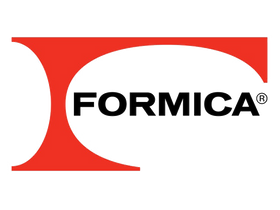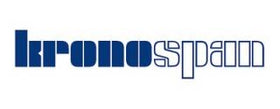
PVC Edgebanding
Laminate Brands
Popular
All
Abet Laminati
American Laminates
Arauco Prism
Arborite
Arclin
Arpa Industriale
Benjamin Moore
Chemetal
Dackor
Decor-Ative Specialities
Decotone Lamicolor
Duramar
Egger
Fenix
Finsa
Formica
Funder
Generics
Georgia Pacific
Interior Arts
KML
Kronospan
Lab Designs
Laminart
Lamitech
Lammates
LIRI Industriale
Nevamar
New Leaf
Northern Contours
Octolam/Octolux
Omnova
Panolam
Pionite
Roseburg Duramine
Roucke
Salt
Sherwin Williams
Benjamin Moore
Stevens Wood
Swiss Krono
Tafisa
Treefrog
Wilsonart
Uniboard
Design
Name
Brand
Code
Buy Online
Buy

Wilsonart L6447 Ribboned Satin Brushed Aged Gold
Ribboned Satin Brushed Aged Gold
Wilsonart
L6447
Recently Viewed
Laminate Brands We Match
Talk to an Edgebanding Tech
We're here to assist you with any questions, inquiries, or comments you may have. Our team is available Monday through Friday, from 8:00 am to 8:00 pm CST. Feel free to send us a message or give us a call. We're here for you!
Real humans. Right now. No hold music or voicemails
+1 (800) 622-9663Customer Service
service@framatech.comAccounting
accounting@framatech.comFrama-Tech IL
640 Darling Drive STE 102 Vernon Hills, IL 60061
8:30am - 5pm CST
Frama-Tech CA
2001 S Acacia Ave Compton, CA 90220
8:30am - 5pm PST
Frama-Tech TX
2000 E Arbrook Blvd Ste. 115, Arlington, TX 76014
8:30am - 5pm CST


















































































